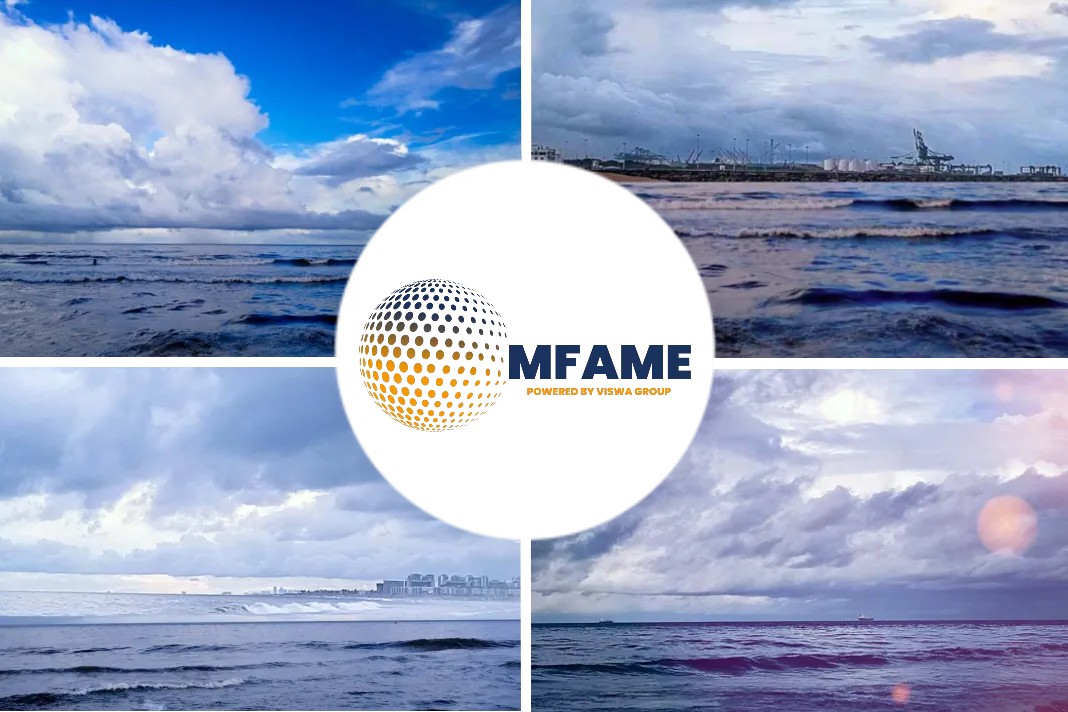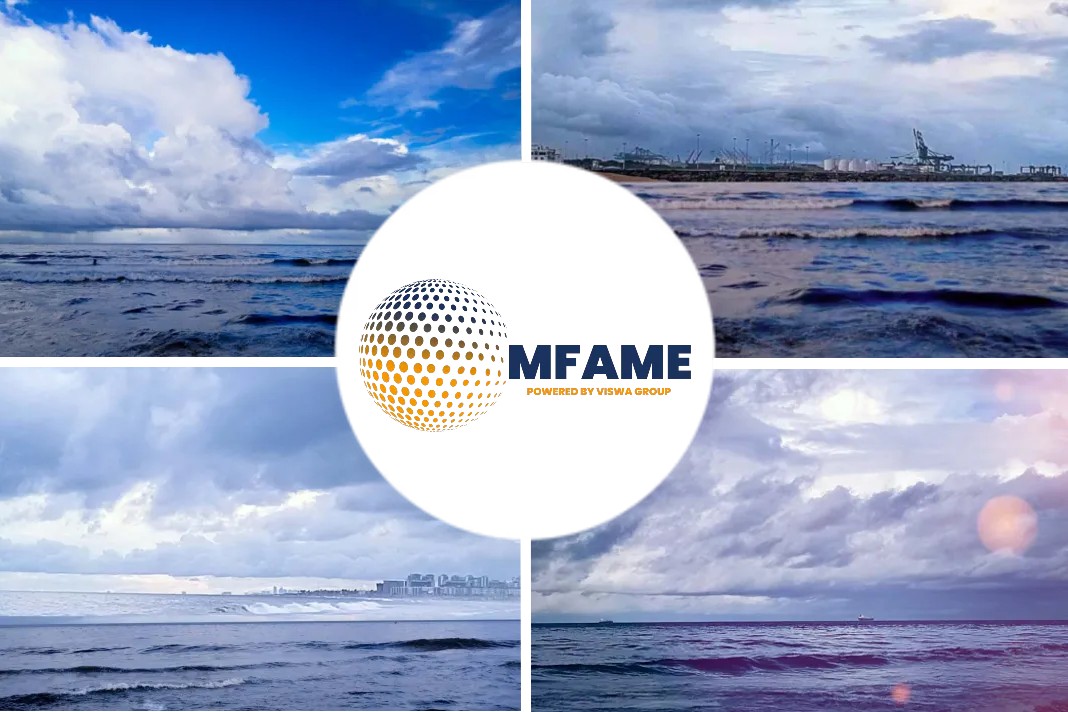Power is being rationed to factories in multiple Chinese provinces — and winter is coming, says an article published in American Shipper.
Global supply chain crisis
First came the COVID-induced global supply chain crisis for container shipping. Energy commodity stockpiles — just like U.S. retail inventories — did not build back up fast enough to contend with post-lockdown demand.
How could the power crunch affect ocean shipping? For commodity shipping — dry bulk, liquefied natural gas (LNG), and possibly oil tankers — it’s a recipe for higher rates.
Container shipping
According to Bloomberg, power use is now being curbed by tight supply and emissions restrictions in the Chinese provinces of Jiangsu, Zhejiang, and Guangdong.
Bloomberg quoted Nomura analyst Ting Lu as stating, “The power curbs will ripple through and impact global markets. Very soon the global markets will feel the pinch of a shortage of supply from textiles and toys to machine parts.” The Times interviewed a general manager of a Dongguan factory that produces leather shoes for the U.S. market who has kept his operation running with a diesel generator and who said that power outages began this summer.
Stoppages of Chinese factories would further delay deliveries of U.S. imports, which have already been waylaid by extreme congestion at ports in Southern California and, more recently, ports in China.
Dry bulk shipping
“Whether it was coal or natural gas or oil, there was very low capital available for companies to continue to reinvest [in production] for several years heading into the pandemic,” explained Clarksons Platou Securities analyst Omar Nokta in an interview with American Shipper on Monday.
“We built up a big stockpile in the first few months of the pandemic and we went right through it as soon as lockdowns abated, but capital hasn’t been redeployed.” (Capesizes have a capacity of around 180,000 deadweight tons, or DWT, and Panamaxes 65,000-90,000 DWT.)
Capesize spot rose to $69,000 per day on Tuesday, with Panamax spot rates rising to $36,200 per day, according to Clarksons.
“People expected some bounce back in demand for thermal coal in 2021, but the surge in demand was not at all anticipated,” said Nokta.
“That resurgence is keeping Panamaxes and Capes very busy when they can’t count on the cargoes they normally would — grain for Panamaxes and iron ore for Capes. Capes have faced a somewhat inconsistent Chinese steel market [production plunged in August], but it hasn’t mattered because of all of these thermal coal cargoes they’ve been able to carry.”
Capesize rates have risen over the past week despite escalating concern over the fate of Chinese property developer Evergrande and the Chinese property market in general.
“The real-estate story is still a question, and the regulators are tempering steel production to limit pollution,” said Nokta. “But we could have a situation where iron ore demand dips and there’s a handoff to thermal coal, and when thermal coal demand diminishes after the winter season, the iron-ore market comes back to life.”
LNG shipping
The shortfall of natural gas in Europe and Asia is evident in historically high natural gas spot prices.
The Asia benchmark, the Japan-Korea Marker (JKM), had risen to $27.50 per million British Thermal Units (MMBtu) on Friday, nearly double the August price. But currently, rates for tri-fuel diesel engine LNG carriers are $51,000 per day, just below the five-year average for this time of year, according to Clarksons.
Asked why LNG spot shipping rates are not surging given extremely high commodity prices in Asia and Europe and a large spread with U.S. pricing, Nokta cited two reasons.
First, he said that the big spikes in spot shipping rates happen when there is a big spread between the European and Asian commodity prices, and there are aggressive re-exports from Europe to Asia by traders. So, when you look at spot rates, they may tell you things aren’t on fire, but there’s a lot of [cargo] movement.
Even so, spot LNG shipping rates could see a jump this winter if the spread between European prices and the JKM widens and more companies with chartered ships “relet” them into the spot market to profit from higher rates.
Tanker shipping
Product and crude tanker rates remain below breakeven, but some analysts and brokers believe power shortages in Asia and Europe could help jumpstart these beleaguered shipping markets as well.
As with other commodities, oil stockpiles are low. But all the same fundamental factors and drivers are there [for crude as with other commodities].
In light of extremely high natural gas prices, Goldman Sachs recently estimated that Asia and Europe could use up to 900,000 barrels per day more oil for power generation, as a substitute for natural gas.
According to Gibson Brokers, “This would depend on a ‘cold winter’ and would also likely be focused east of Suez where oil-based fuels have greater potential to form part of the power-generation market.”
Gibson said, “High-sulfur fuel oil [HSFO] is expected to be the primary beneficiary … and countries including Pakistan and Bangladesh, as well as some Middle Eastern players, have already been more active in the spot HSFO market as LNG prices began to rise.”
“Higher HSFO prices could potentially increase refining run rates, supporting crude demand,” added Gibson. Nokta pointed to this upside as well.
Did you subscribe to our daily newsletter?
It’s Free! Click here to Subscribe!
Source: American Shipper
























